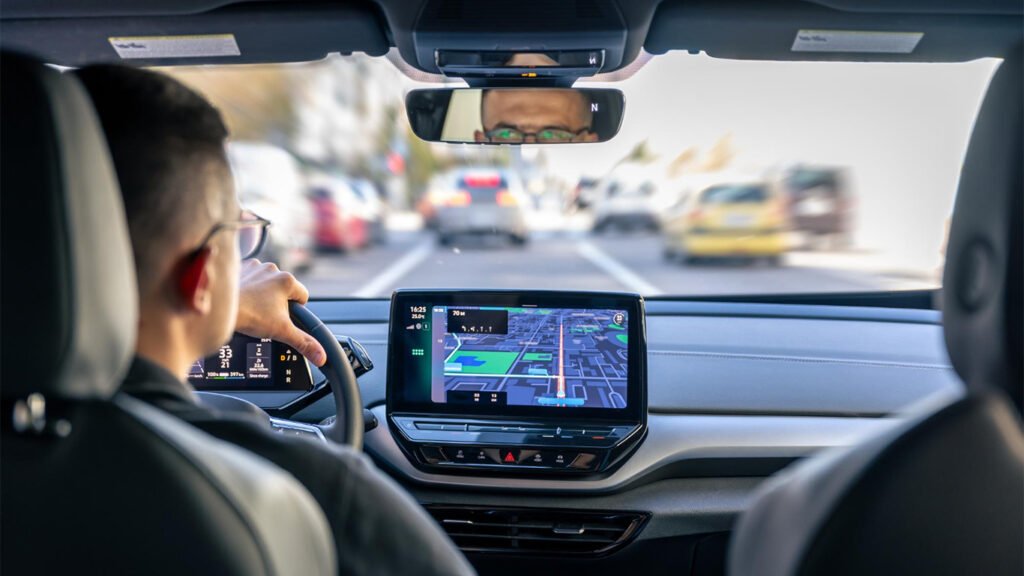Self-driving cars, once a futuristic concept, are now becoming a reality thanks to rapid advancements in artificial intelligence (AI) and automotive technology. These autonomous vehicles (AVs) have the potential to revolutionize transportation by improving safety, reducing traffic congestion, and transforming the way people commute. As major companies continue to invest in this technology, the future of self-driving cars is closer than ever. Here’s how AVs are shaping the future of mobility.
1. How Self-Driving Cars Work
Self-driving cars rely on a combination of sensors, cameras, radar, and AI-driven software to navigate roads safely. These vehicles use real-time data to detect obstacles, identify road signs, and make split-second driving decisions. With advanced machine learning algorithms, AVs can continuously improve their performance and adapt to different driving conditions.
2. Safety Benefits of Autonomous Vehicles
One of the most significant advantages of self-driving cars is their potential to reduce traffic accidents. Human error, such as distracted driving or speeding, is responsible for the majority of road crashes. Autonomous vehicles eliminate these risks by following traffic rules precisely and reacting faster than human drivers. Companies like Tesla, Waymo, and GM’s Cruise are already testing AVs with the goal of achieving safer roads.
3. Impact on Traffic and Urban Planning
Self-driving cars can help alleviate traffic congestion by optimizing routes and reducing the number of unnecessary stops. With vehicle-to-vehicle (V2V) communication, AVs can coordinate with each other to maintain steady traffic flow. Additionally, urban planning may shift as cities adapt to reduced parking demands, allowing more space for green areas and pedestrian-friendly zones.
4. Transforming Ride-Sharing and Public Transportation
Ride-sharing services such as Uber and Lyft are exploring autonomous vehicle fleets to provide cost-effective, convenient transportation. AVs could lower ride-hailing costs by eliminating the need for human drivers, making travel more accessible for people without personal vehicles. Similarly, self-driving buses and shuttles could enhance public transportation systems, reducing wait times and improving efficiency.
5. Challenges and Concerns
Despite their promise, self-driving cars face several challenges before widespread adoption. Regulatory approval, technological limitations, and ethical dilemmas remain key obstacles. For example, determining liability in the event of an accident involving an AV raises legal concerns. Additionally, cybersecurity threats pose risks, as hackers could potentially manipulate autonomous vehicle systems.
6. The Road Ahead: When Will Self-Driving Cars Become Mainstream?
While some AVs are already being tested on public roads, full autonomy is still years away. Experts predict that highly autonomous vehicles will become more common by the 2030s. In the meantime, semi-autonomous features, such as adaptive cruise control and lane-keeping assistance, are already available in many modern vehicles, serving as stepping stones toward full automation.
Conclusion
The future of self-driving cars is both exciting and complex. Autonomous vehicles have the potential to enhance road safety, reduce traffic congestion, and transform urban transportation. However, significant challenges must be addressed before AVs can fully integrate into society. As technology continues to evolve, self-driving cars are expected to play a pivotal role in shaping the future of mobility and redefining how people travel.










